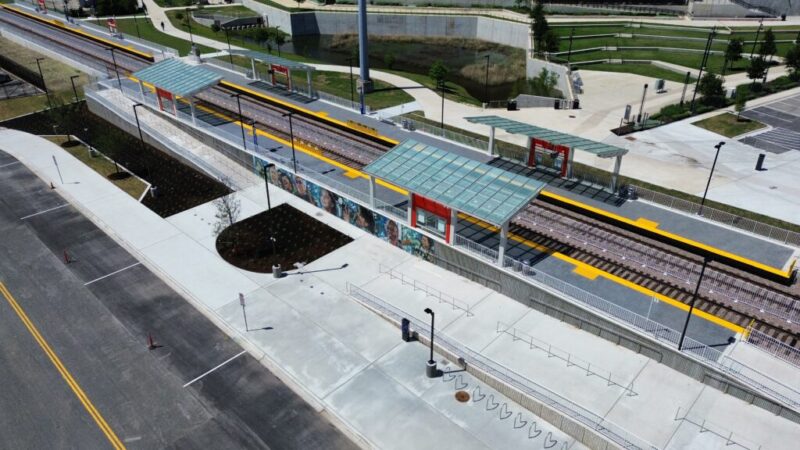
The Austin Transit Partnership announced recently that it has selected LINC Austin to be the delivery partner for its Austin Light Rail project.
LINC Austin, consists of AECOM, Parsons Corporation, STV, Turner & Townsend, Ardmore Roderick, and CAS Consulting, will work as a team to provide program and project management, construction management, and technical expertise for the planning, design, procurement, construction and post-construction phases of the light rail project, officials said.
“We are thrilled to embark on this transformative journey with our partners and the community,” Greg Canally, executive director of Austin Transit Partnership, said. “The Austin Light Rail project represents a significant step forward in enhancing our city’s transportation infrastructure, promoting sustainability, and improving the quality of life for all Austinites.”
Officials with Parsons said it will work as a major subconsultant to AECOM, and provide a comprehensive set of services from systems integration support to quality and design management.
“The Austin Light Rail Project presents a pivotal opportunity to meet the city’s increasing travel demand with a reliable, safe, and sustainable transit solution,” Mark Fialkowski, president of North America Infrastructure for Parsons, said. “With 80 years of infrastructure experience and a proven track record as a global delivery partner, we look forward to partnering with ATP to deliver a transformative light rail system that will support the city’s mobility and economic growth, creating lasting benefits for generations to come.”
The Austin Light Rail project is the city’s first light rail system and will be designed to enhance connectivity and accessibility across Austin, officials said. The project will be handled in phases, with the first phase covering the development of 9.8 miles of new light rail lines and 15 stations to provide reliable transit options. The light rail system will be designed to integrate with existing transit services and offer high-frequency service as a way to reduce travel times and traffic congestion, officials said.